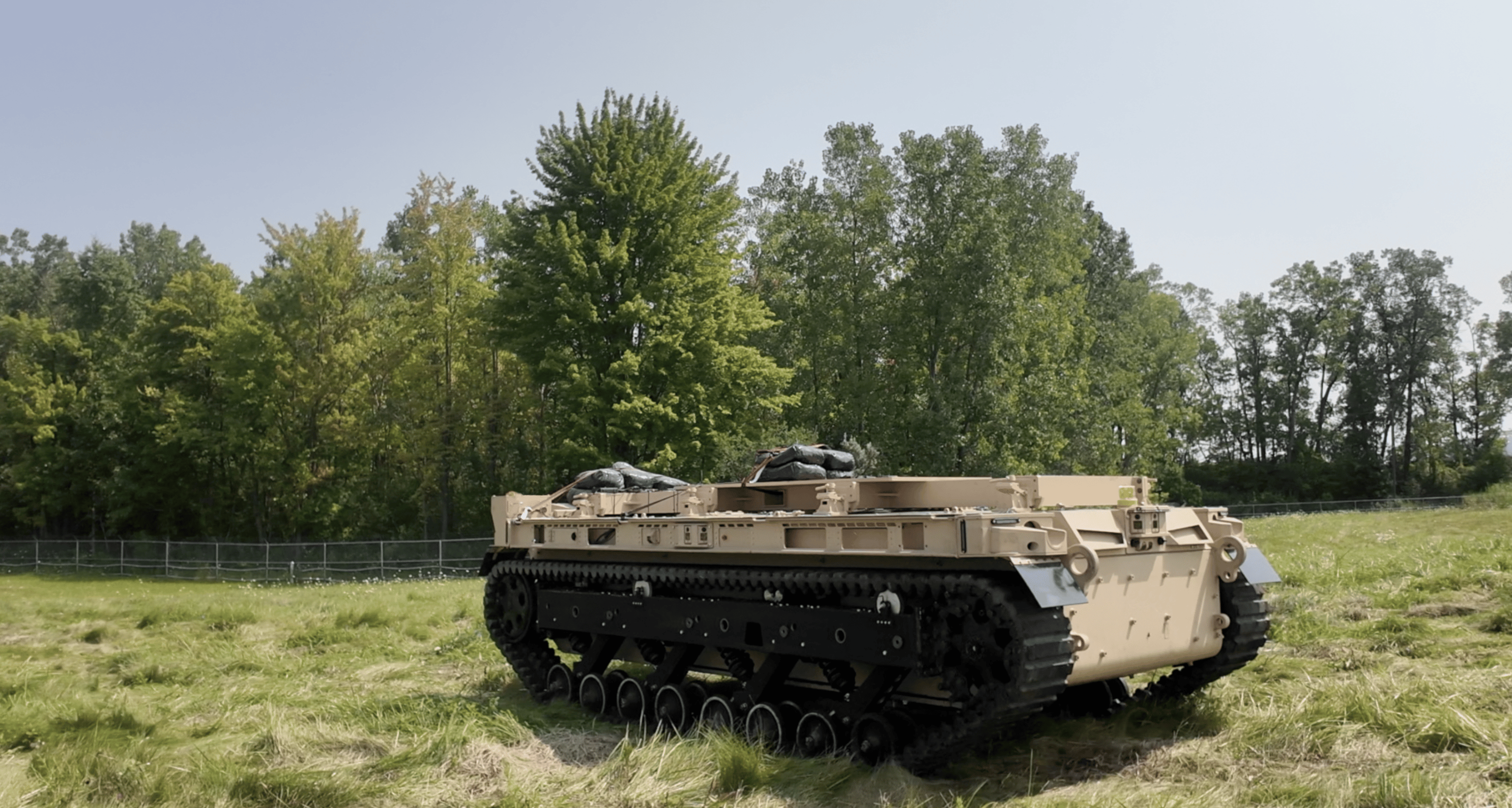ISO 20653 Degree of Protection Testing for Mobile Equipment Electrical Components
The ISO 20653 standard is a critical specification in the field of military and industrial applications, particularly concerning the protection against ingress of foreign objects into electrical enclosures. This service focuses on testing the degree of protection provided by mobile equipment's electrical components to ensure they can withstand environmental conditions that could compromise functionality or integrity.
The standard defines the IP rating system (Ingress Protection Rating), which categorizes levels of protection from solid objects and liquids. The most relevant aspect for this specific test is the IPX2 category, which addresses resistance to water jets from a nozzle not exceeding 15° from the vertical. This ensures that electrical components in mobile equipment can operate safely even when exposed to light rain or splashing water.
The testing process involves subjecting the mobile equipment and its associated electrical components to controlled environmental conditions. These conditions are designed to replicate real-world scenarios where the equipment might be used, such as during field operations under adverse weather conditions. The test setup includes a spray nozzle that can deliver water at specified pressures and angles, simulating various levels of exposure.
The specimen preparation for this testing involves ensuring that all electrical components within the mobile equipment are properly installed and secured. This includes checking wiring harnesses, connectors, and any other parts that might be exposed to environmental elements during operation. The goal is to simulate a worst-case scenario where water or dirt could potentially enter the enclosure.
The instrumentation used in this testing includes high-pressure pumps capable of delivering water at specified pressures and flow rates. Precise measurement tools are also employed to ensure that the test conditions closely match those defined by ISO 20653. The system is designed to provide accurate, repeatable results, which are crucial for regulatory compliance and product reliability.
The testing procedure itself involves exposing the mobile equipment to a series of water jets from different angles, with varying pressures and durations. This allows for comprehensive evaluation of the electrical components' resistance to water ingress under various conditions. The test is conducted in a controlled environment to ensure consistency and accuracy of results.
Upon completion of the testing, detailed reports are generated that document the performance of the mobile equipment's electrical components. These reports include data on how well the IPX2 rating was maintained throughout the testing process. They also provide recommendations for improvements if necessary, ensuring that any weaknesses in protection can be addressed before product release.
By adhering to ISO 20653 standards, manufacturers of mobile equipment can ensure their products meet stringent quality and safety requirements. This not only enhances brand reputation but also contributes to improved operational reliability and customer satisfaction.
- Customer Impact: Ensures that the electrical components of mobile equipment are protected against environmental factors like water ingress, thereby enhancing product durability and performance.
- Safety Compliance: Helps in meeting regulatory standards and ensuring compliance with international safety regulations.
- Operational Reliability: Reduces downtime caused by failures due to environmental exposure, leading to increased operational efficiency.





